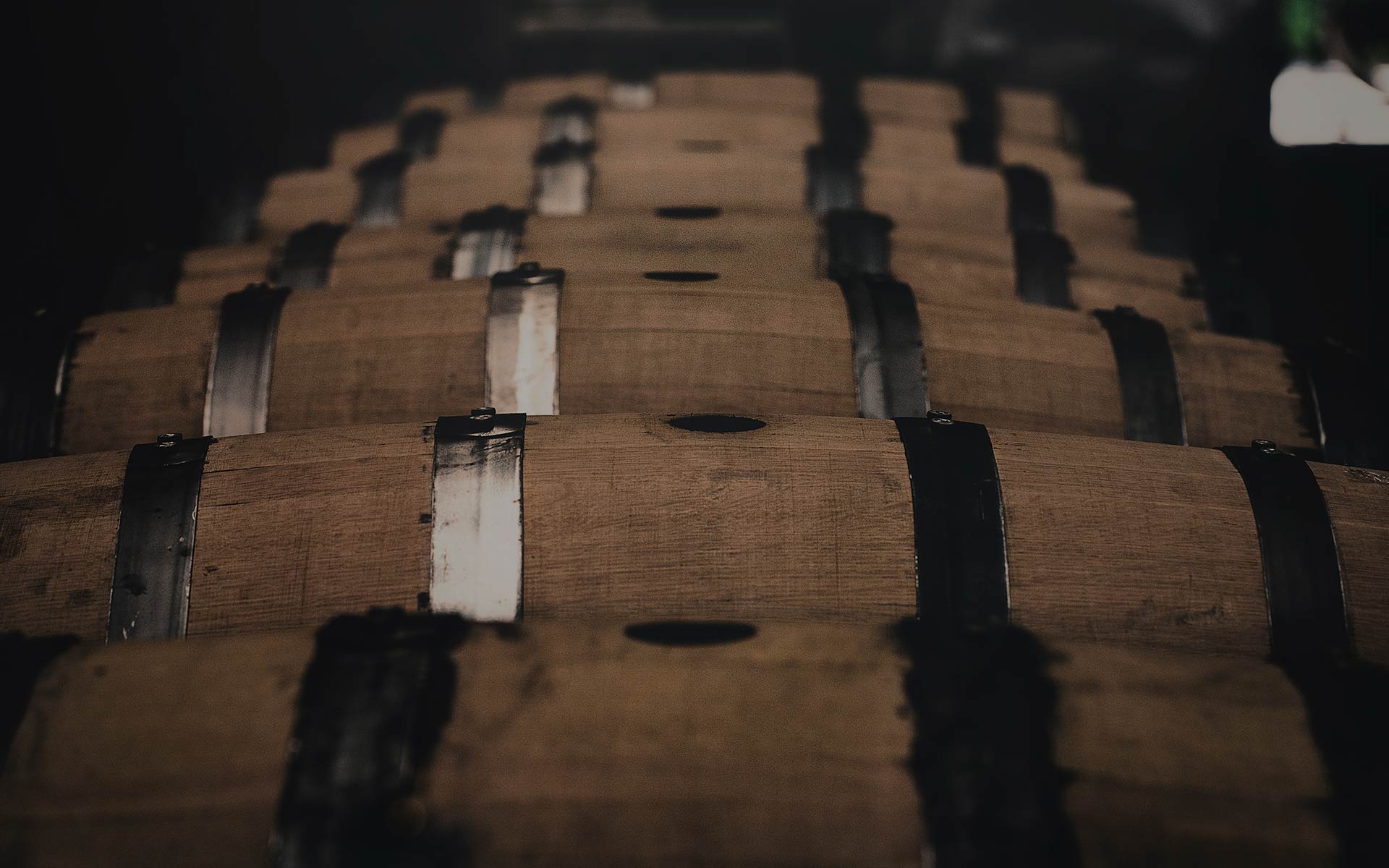peruvian wine
first vineyard in south america
1539 - 1541

Tacama vineyard
1540
first wine
1551
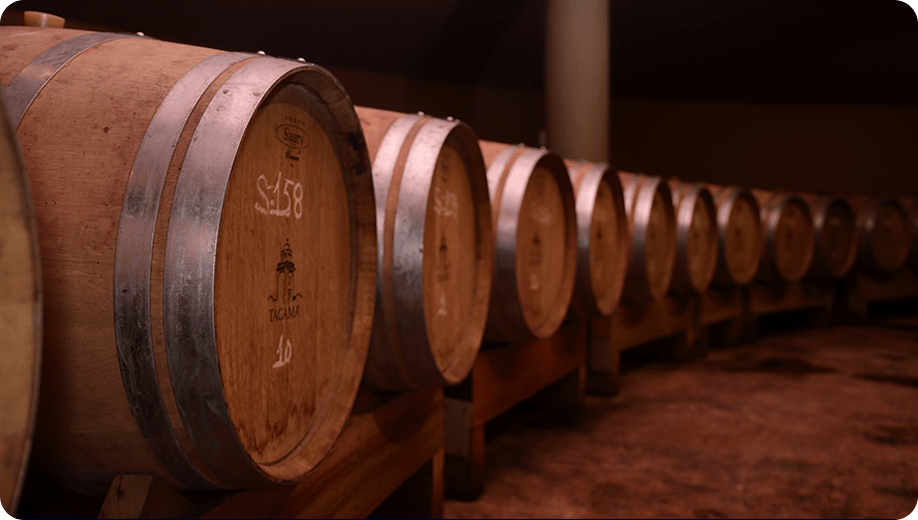
royal prohibition
1614
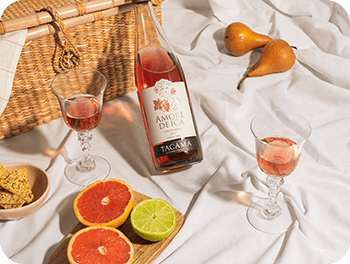
Adapting to prohibition
1641

new era
1889

Wineries growth
1950
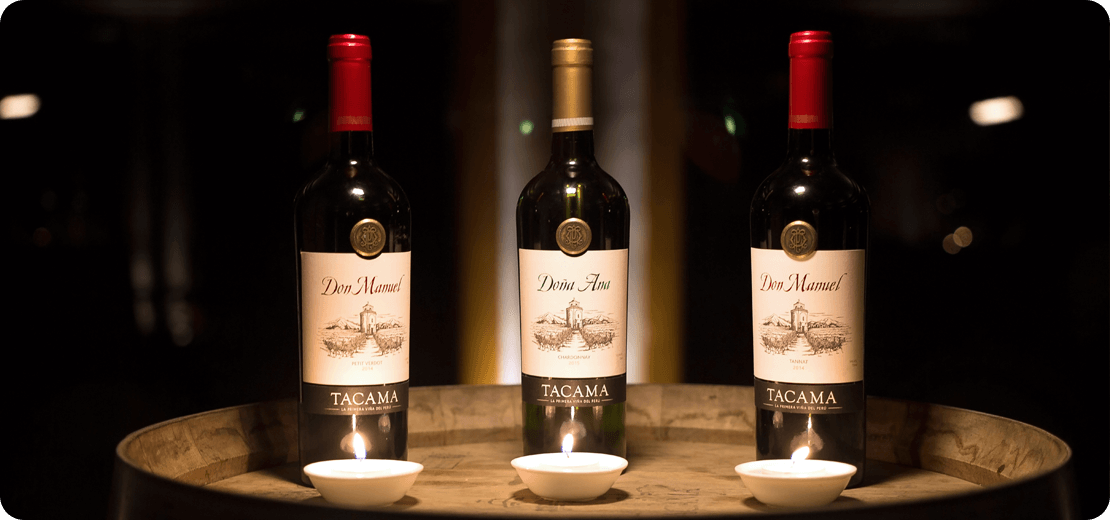
Political blow
1968
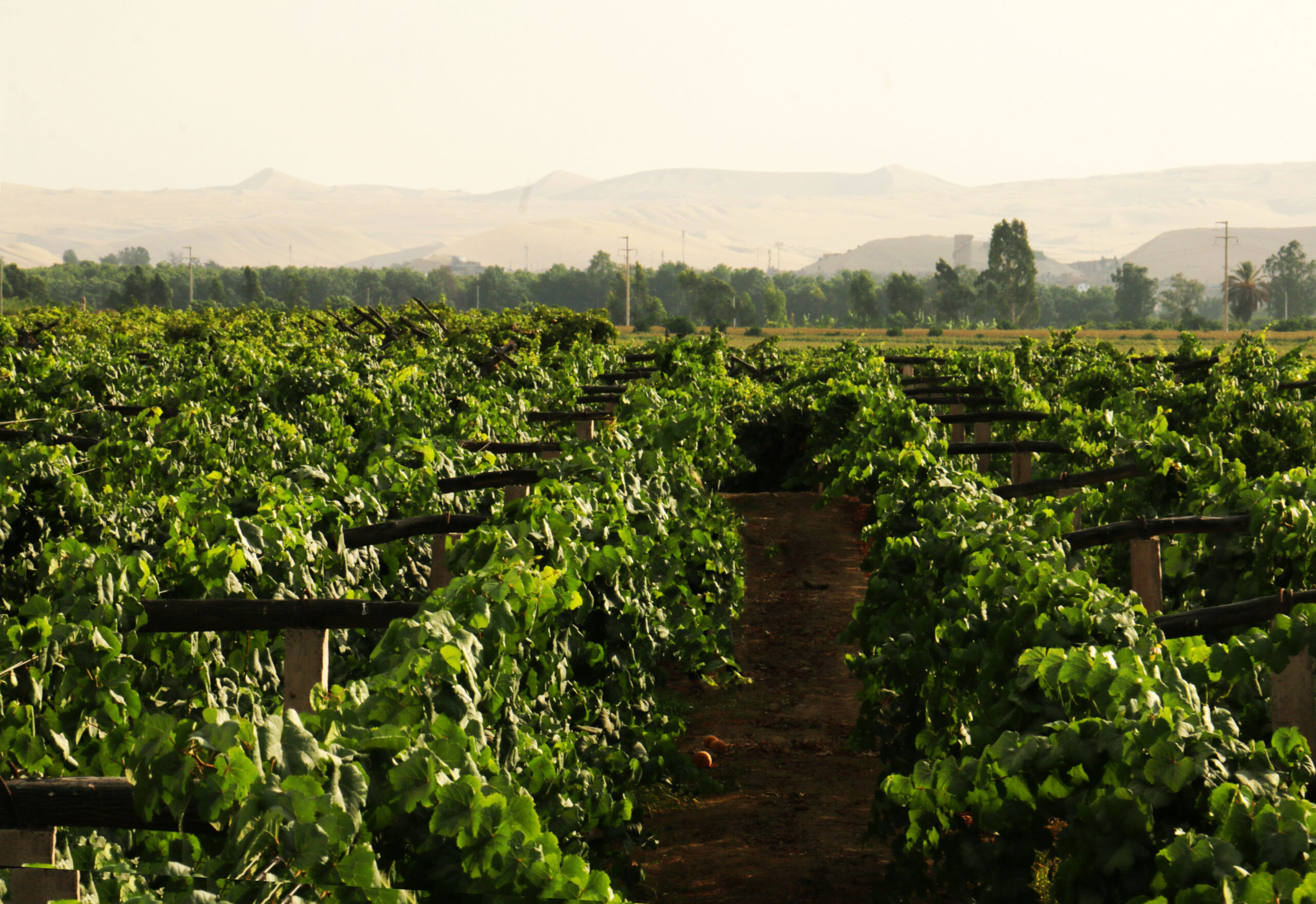
peruvian winemaking revival
1980
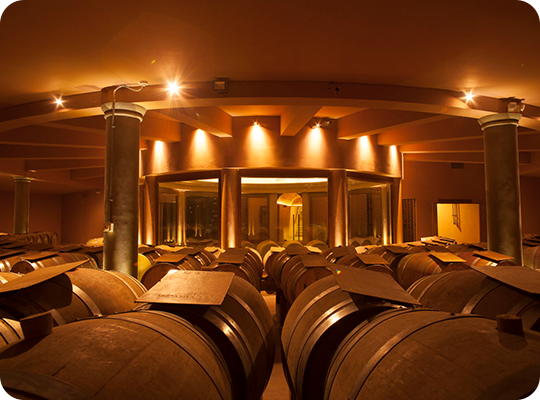
First quebranta wine
2021
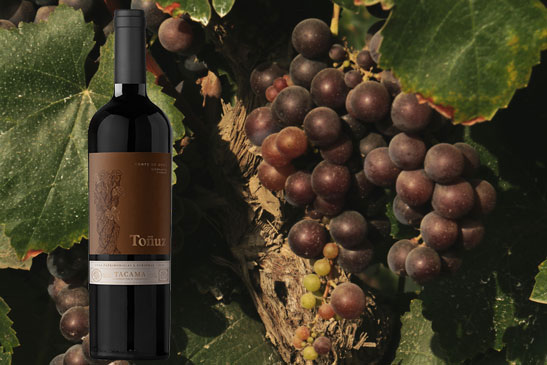
Source:
Lima: The Original Winemaking Capital of South America. (23 June 2020). Retrieved 22 September, 2022, from https://www.apuwinery.com/post/what-happened-to-the-original-wine-making-capitol-of-south-america
Huertas Vallejo, . (2011). Cronologia de la Produccion del Vino y del Pisco. Lima, Peru: Universidad Ricardo Palma/Editorial Universitaria.
VIñA TACAMA
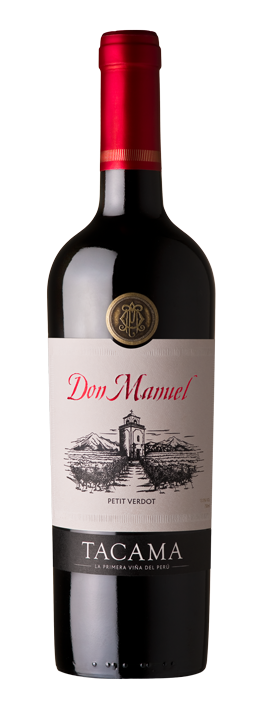


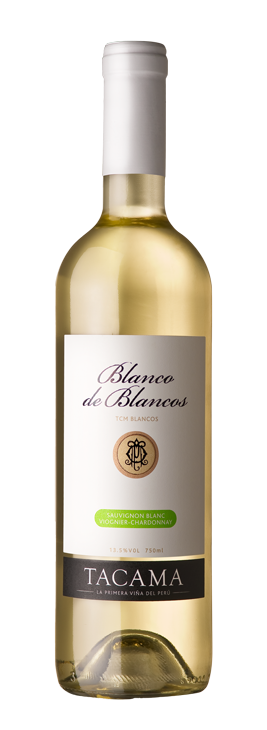
Petit Verdot 64881
Tannat 149680
Chardonnay 149653
Sauvignon Blanc Viognier Chardonnay 406488
Result of more than 30 years of research. From our top plots of Petit Verdot vines, subject to short pruning to increase the grape quality, a wine of unique expression and concentration is made. Aged for 12-16 months in French oak barrels.
Result of more than 30 years of research. From our top plots of Tannat vines, subject to short pruning to increase the quality of the grape, a wine of unique expression and concentration is made. Aged for 16-12 months in French oak barrels and left to rest in bottle for 6 months.
The Chardonnay variety was introduced to the terroir of Tacama in the 90’s straight from France. Doña Ana is the result of meticulous adaptation and an intense process of selection both in the vineyard and the winery. Fermented and aged French oak barrel.
Emblematic white wine of Tacama. It perfectly expresses the climatic conditions of Ica, which are very favorable to the production of great white wines.




